When you're strolling through a garden center or browsing seed catalogs, you might wonder: which of these beautiful sunflowers can I actually eat? It's a common question, and the distinction between edible and ornamental varieties isn't always obvious at first glance.
The most fundamental difference lies in their breeding purpose. Edible sunflowers are cultivated specifically for their nutritional value, primarily their seeds. Ornamental types are bred for visual appeal—larger flowers, unique colors, and impressive heights.
Let's start with the seed heads, which provide the clearest visual clues. Edible varieties typically have plump, tightly-packed seeds in large, flat-faced flower heads. The seeds are arranged in a distinct spiral pattern and are usually gray with white stripes. These seeds are meaty and relatively easy to remove from the head.
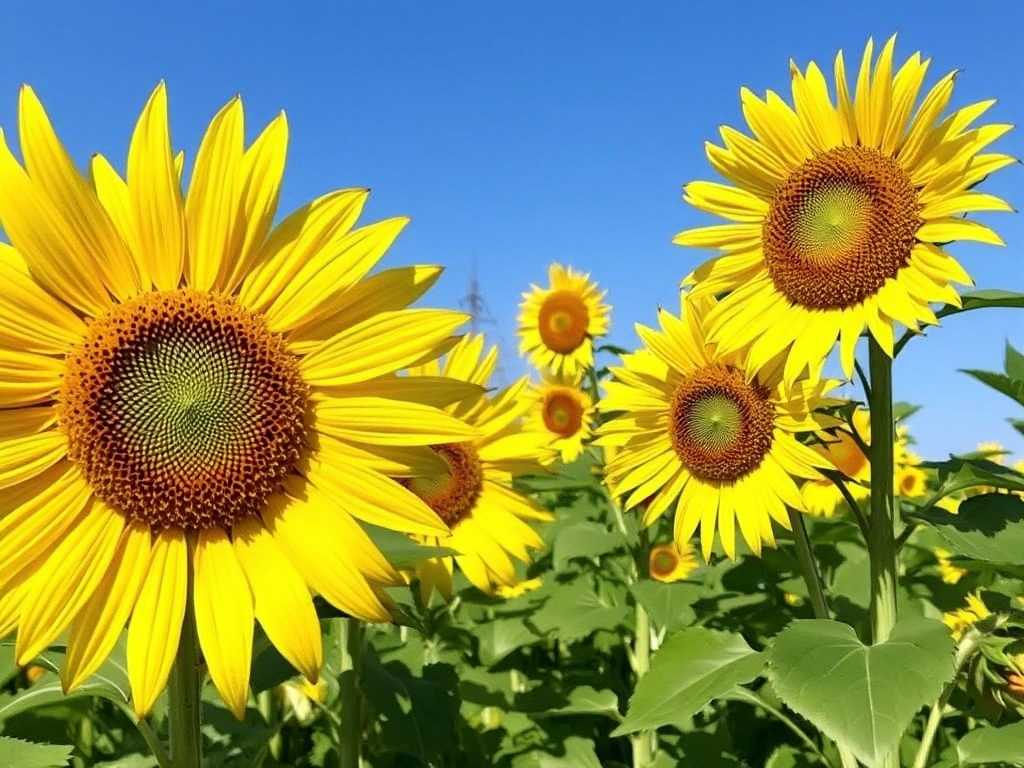
Ornamental sunflowers often have smaller seeds that may appear underdeveloped. Their seed heads can be much more varied—some might be fluffy with double petals, while others have dark centers with small, black seeds that aren't worth harvesting for eating. Many modern ornamental varieties are pollenless, which makes them better for cut flowers but useless for seed production.
Now consider the flower appearance itself. Traditional edible sunflowers usually have the classic single stem with one large flower head. They're typically yellow with dark centers, though some edible varieties may have darker hues.
Ornamental types show incredible diversity. You'll find branching habits with multiple smaller flowers, colors ranging from burgundy and mahogany to cream and orange, and petal formations including doubles, ruffles, and even pom-pom shapes. The 'Teddy Bear' variety, for instance, looks nothing like a traditional sunflower with its fully double, fluffy yellow flowers.
Plant height offers another distinction. Many edible varieties grow between 5-8 feet tall, providing substantial stalks to support those heavy seed heads. Some giant edible types can reach 12 feet or more.
Ornamental sunflowers have a much wider height range. You can find dwarf varieties perfect for containers that stay under 2 feet, medium-sized border plants, and towering statement pieces that soar to 10 feet or higher.
When examining seeds for planting, edible varieties usually produce larger, plumper seeds since they're meant for consumption. Ornamental sunflower seeds tend to be smaller and may vary more in size within the same packet.
Let's talk about specific varieties to look for. For edible purposes, 'Mammoth Russian' is the classic choice with its enormous seed heads. 'Sunseed' is a popular commercial variety, while 'Super Snack Mix' offers a range of striped seed colors. 'Titan' lives up to its name with massive heads up to 24 inches across.
For ornamental use, 'Autumn Beauty' provides a stunning mix of burgundy, orange, and yellow flowers. 'Music Box' offers miniature flowers perfect for small spaces, while 'Moulin Rouge' produces deep burgundy, almost black flowers that make dramatic garden statements.
The taste test ultimately reveals the truth. Edible sunflower seeds have a mild, nutty flavor and meaty texture. Ornamental varieties typically produce small, bitter seeds that aren't pleasant to eat.
If you're growing sunflowers specifically for eating, stick with varieties bred for that purpose. They'll give you the best yield and flavor. For pure visual impact, ornamental varieties offer endless possibilities for garden design.
Remember that some dual-purpose varieties exist that offer both visual appeal and edible seeds. 'Italian White' is a lovely heirloom with pale petals and dark centers that produces good eating seeds.
When harvesting sunflower seeds for eating, timing is crucial. Wait until the back of the flower head turns yellow-brown and the seeds look plump. The seeds should have their characteristic stripes and be difficult to dislodge.
Cover the developing seed head with a paper bag or netting to protect it from birds. Once ready, cut the head with about a foot of stem attached and hang it upside down in a dry, well-ventilated area to finish drying.
For ornamental varieties grown for their looks alone, you can deadhead spent flowers to encourage more blooms on branching types. Leave some flowers to develop seeds if you want to save them for planting next season or to feed wildlife.
Whether you choose edible or ornamental sunflowers, both bring unique joys to the garden. Edible varieties offer the satisfaction of growing your own snacks, while ornamental types provide endless visual delight throughout the growing season.

Understanding these differences ensures you'll select the right sunflower type for your needs and know exactly what to expect as your plants grow and mature.
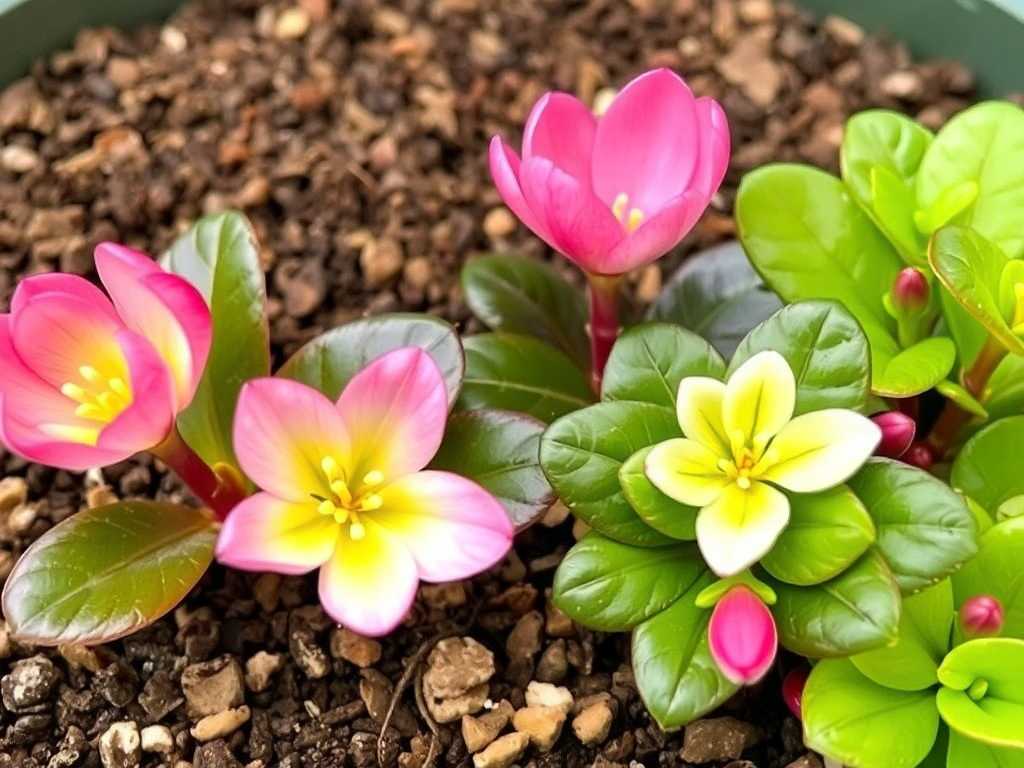
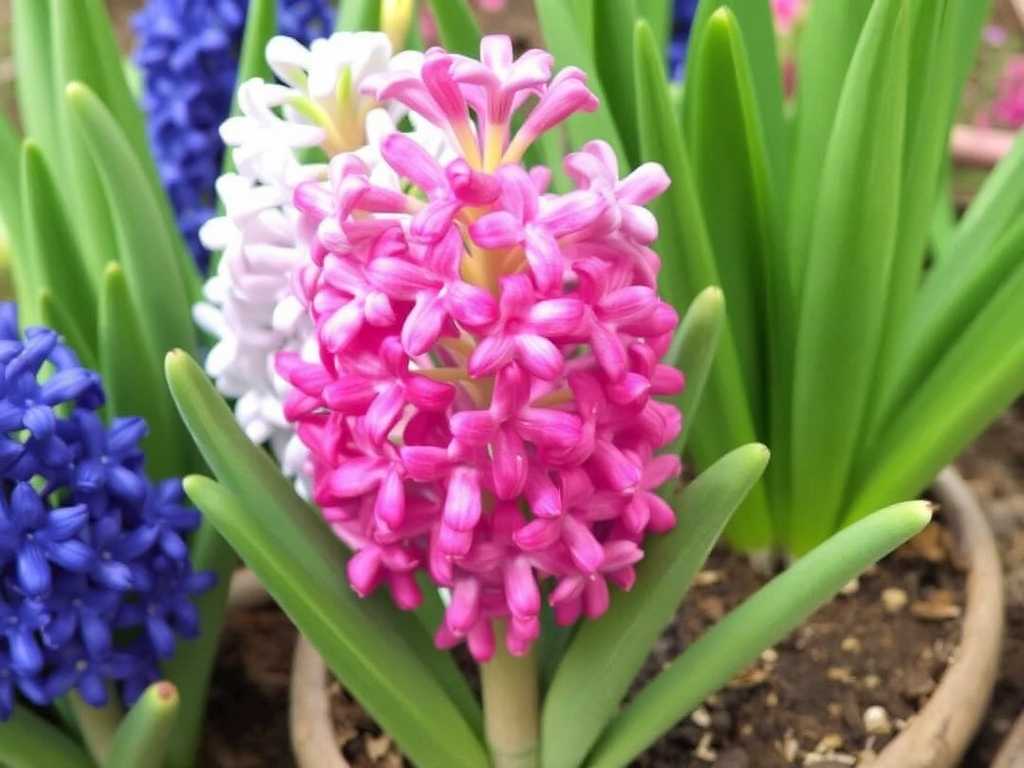
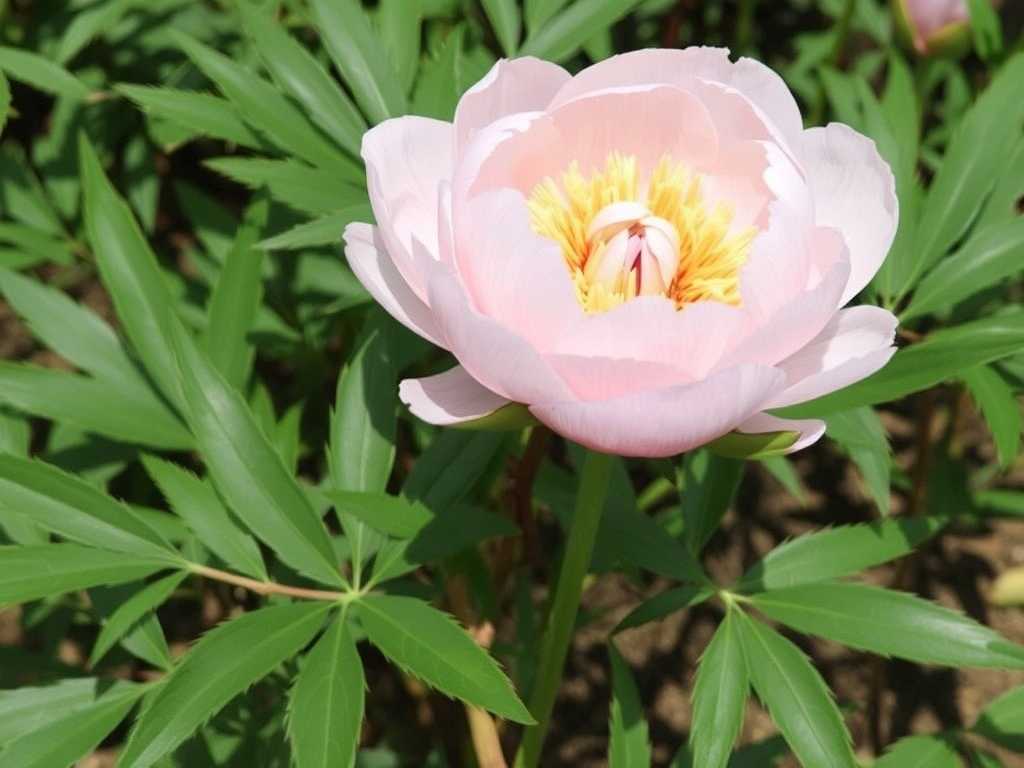

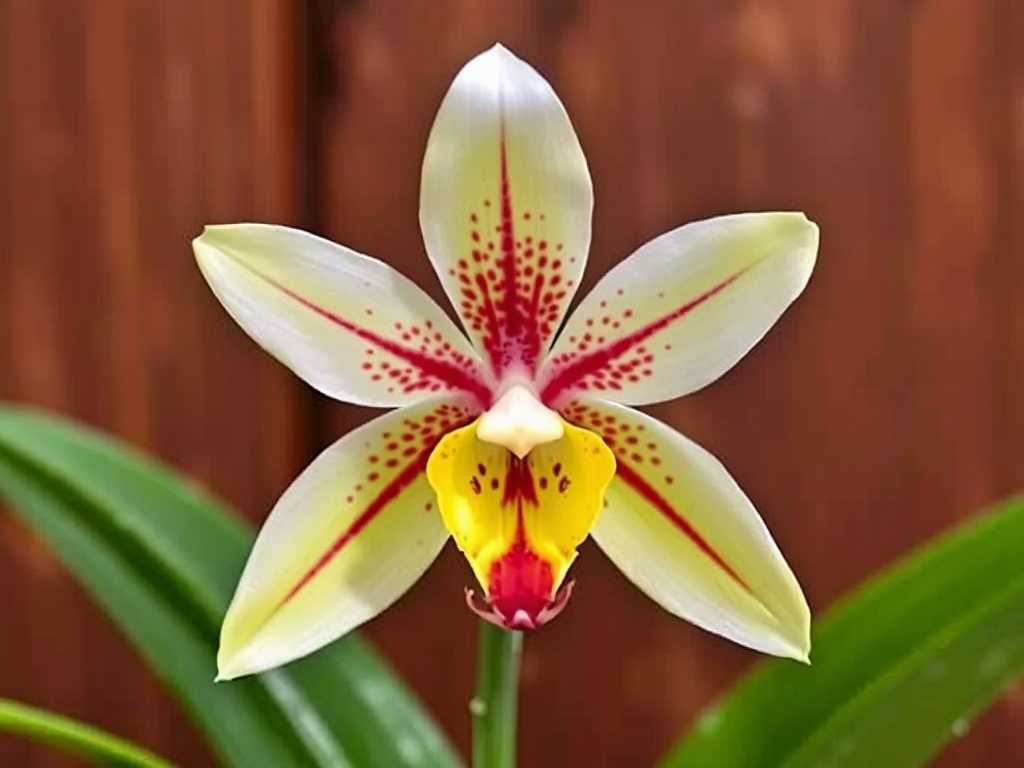
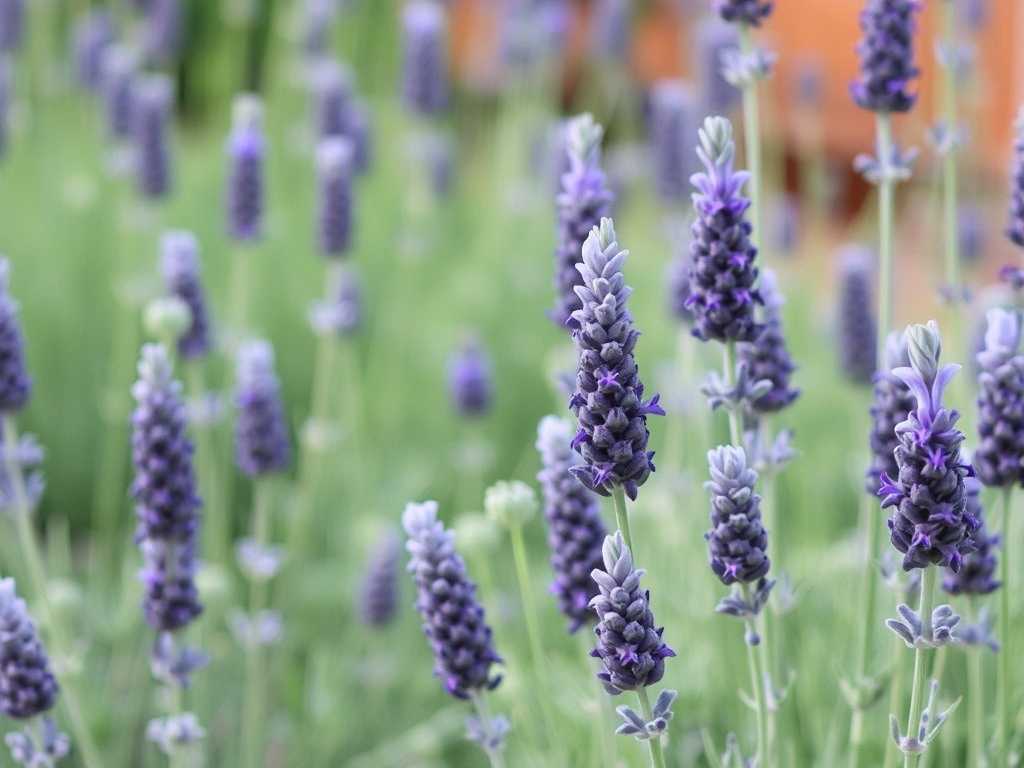
发表评论